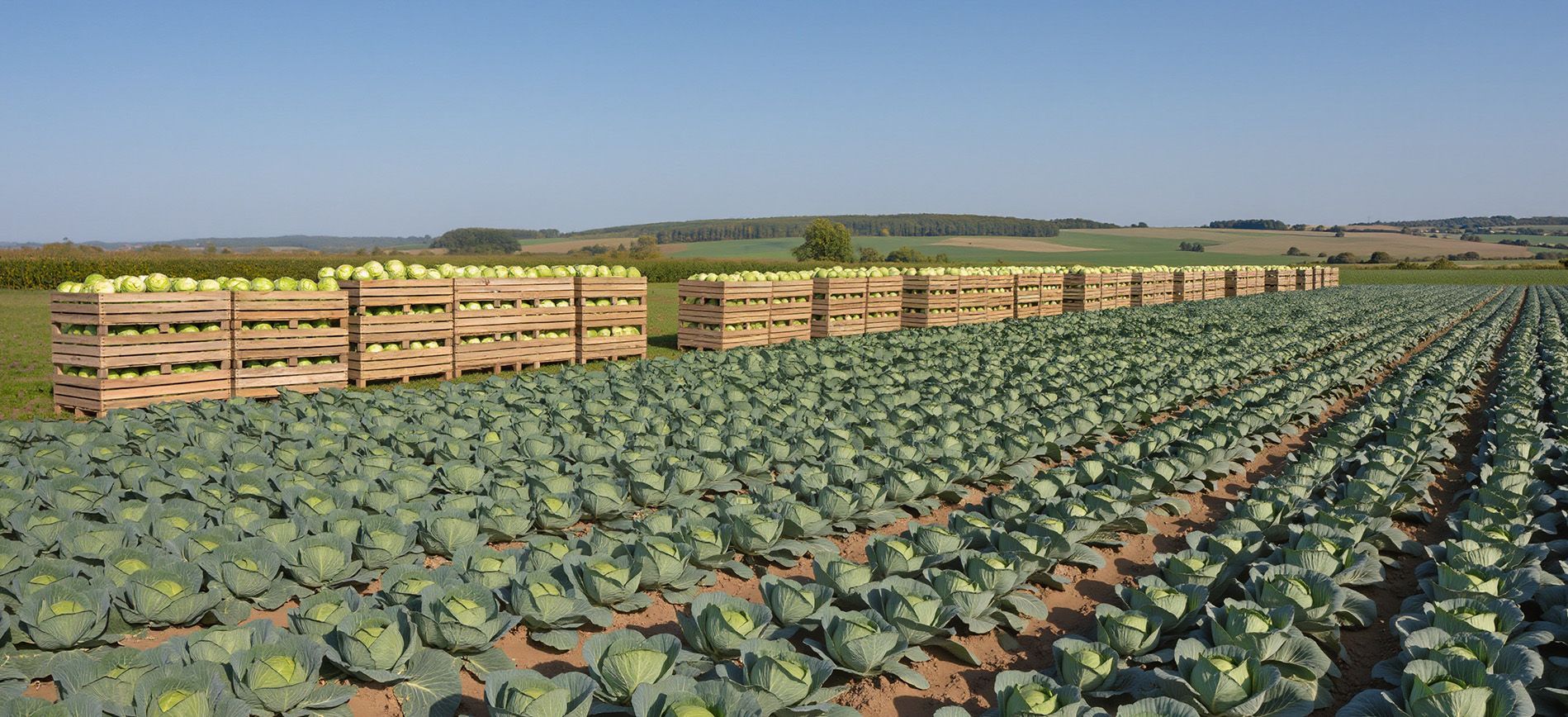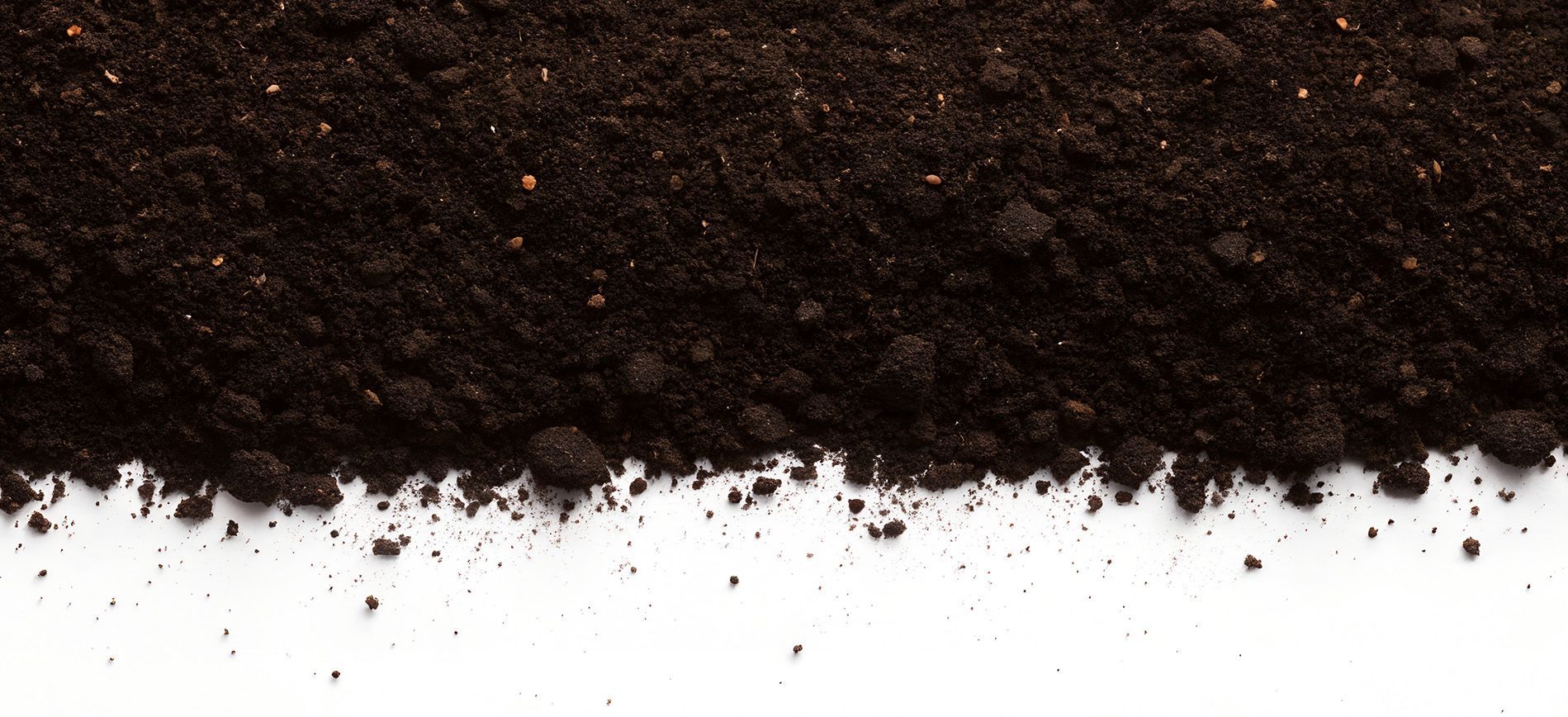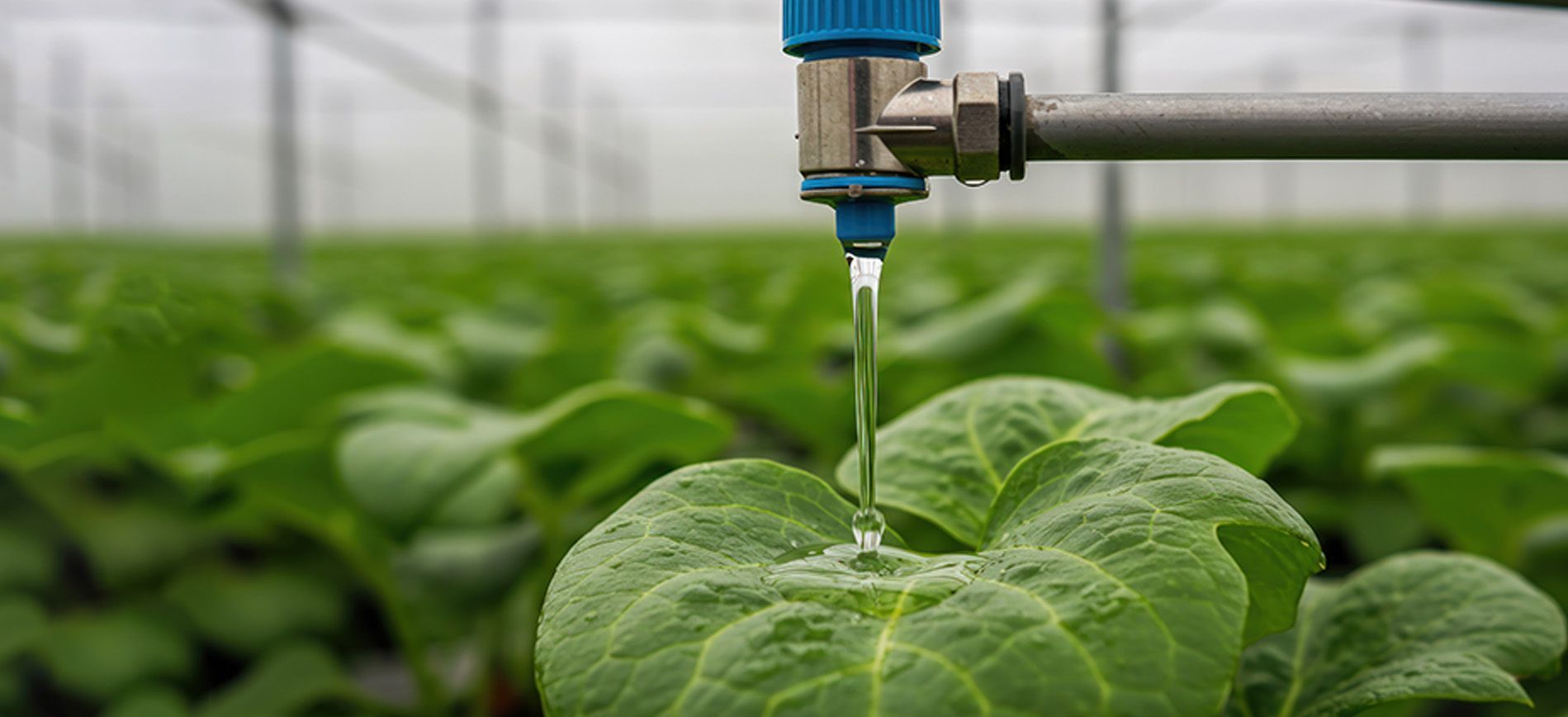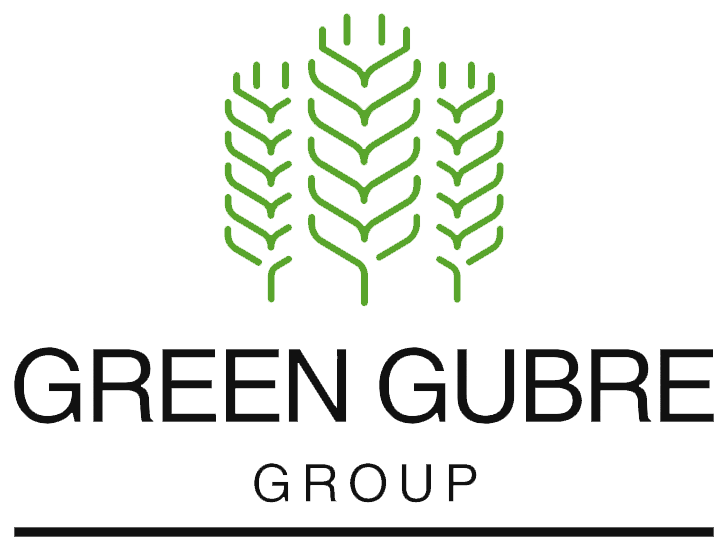Unlocking Africa’s Agricultural Potential – A New Frontier for Granular Urea and NPK Fertilizers
Unlocking Africa’s Agricultural Potential – A New Frontier for Granular Urea and NPK Fertilizers
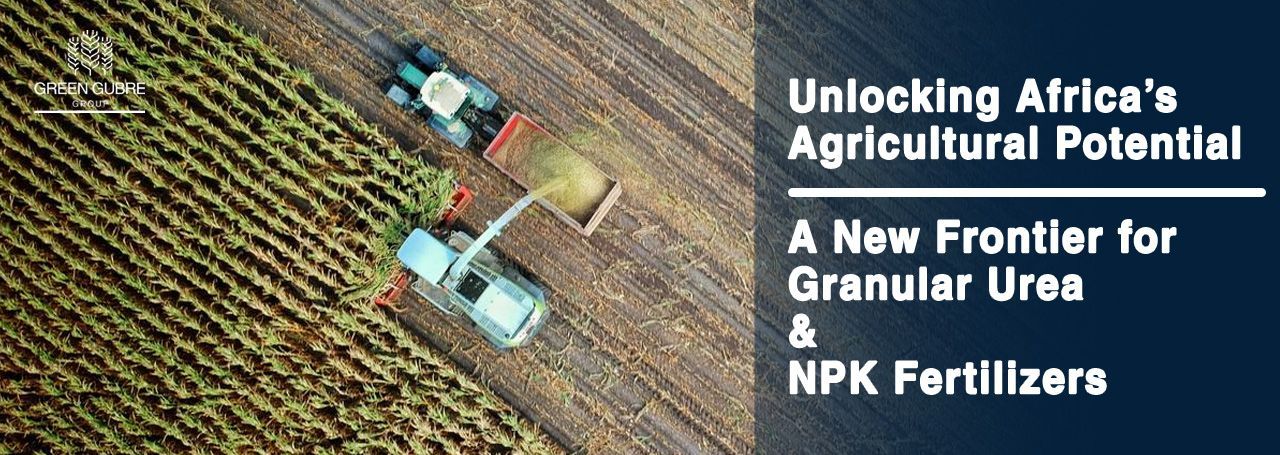
Why Africa Holds the Key to Future Fertilizer Growth
Africa is home to over 60% of the world’s remaining uncultivated arable land, yet it consumes less than 5% of global fertilizer output. As the continent works toward improving food security, increasing agricultural productivity, and combating soil degradation, granular urea and NPK fertilizers emerge as the cornerstone of transformation.
This blog explores how suppliers can position granular urea and NPK in Africa’s emerging agricultural markets. It examines regional demand drivers, key logistics corridors, and strategic lessons from India and China—two fertilizer giants with growing influence on African agri-trade.
1. Africa’s Fertilizer Usage Gap – An Opportunity for Suppliers
Sub-Saharan Africa uses less than 20 kg/ha of fertilizer, far below the global average of 135 kg/ha. Several factors contribute to this gap, including:
- Limited access to finance and extension services
- Poor infrastructure for storage and distribution
- Dependence on donor-funded programs and seasonal procurement cycles
Yet, the opportunity is immense. Governments, supported by organizations such as the World Bank, AGRA, and IFDC, invest in fertilizer subsidy reforms, blending plants, and regional supply chains.
2. Why Granular Urea and NPK Are the Right Products for African Markets
Granular Urea
- Suitable for mechanized broadcasting, standard in large-scale farming in Nigeria, Kenya, and Ghana
- Less hygroscopic than prilled urea, ideal for Africa’s humid ports and storage facilities
- High nitrogen content supports staple crops like maize, millet, and sorghum.
NPK Fertilizers
- Tailorable blends (e.g., 15-15-15, 10-20-10) cater to crop-specific and soil-specific needs
- Compatibility with fertigation systems emerging in Morocco, Egypt, and Ethiopia
- Micronutrient enrichment (zinc, boron, sulfur) aligns with the African soil health initiative.s
3. Learning from India and China – Supply Chain Models for Africa
India’s DBT (Direct Benefit Transfer) model and China’s focus on localized production offer valuable lessons for Africa:
- India has achieved fertilizer efficiency through digital subsidy distribution and nano-urea innovation.
- China supports Africa with affordable fertilizer exports, but focuses increasingly on low-carbon logistics.
African governments are beginning to follow suit with digital voucher systems, PPPs in blending and bagging, and regional fertilizer hubs (e.g., Lomé, Mombasa, Durban).
To successfully market granular urea and NPK in Africa, exporters should:
- Segment by region: There is a high volume of demand in West Africa, a micronutrient focus in East Africa, and dryland targeting in the Sahel.
- Partner with local distributors: Leverage regional dealers for warehousing and last-mile access.
- Offer education support: Train agronomists and extension workers on fertilizer use and best practices.
- Invest in infrastructure: Participate in joint ventures for blending, rebagging, and port logistics.
5. The Role of Sustainability and CBAM Compliance
With Europe’s CBAM framework influencing global supply chains, Africa’s fertilizer strategy must align with sustainability standards. Suppliers that offer carbon-traceable granular urea and smart-packaged NPK can gain a premium edge and access institutional partnerships.
Conclusion: The Time to Act Is Now
Africa is not just a future market—it is today’s opportunity. The door is wide open with rising fertilizer demand, infrastructure investments, and political will to support agricultural growth. Granular urea and NPK suppliers that align with regional needs and offer scalable, sustainable solutions will be at the forefront of this agricultural revolution.

